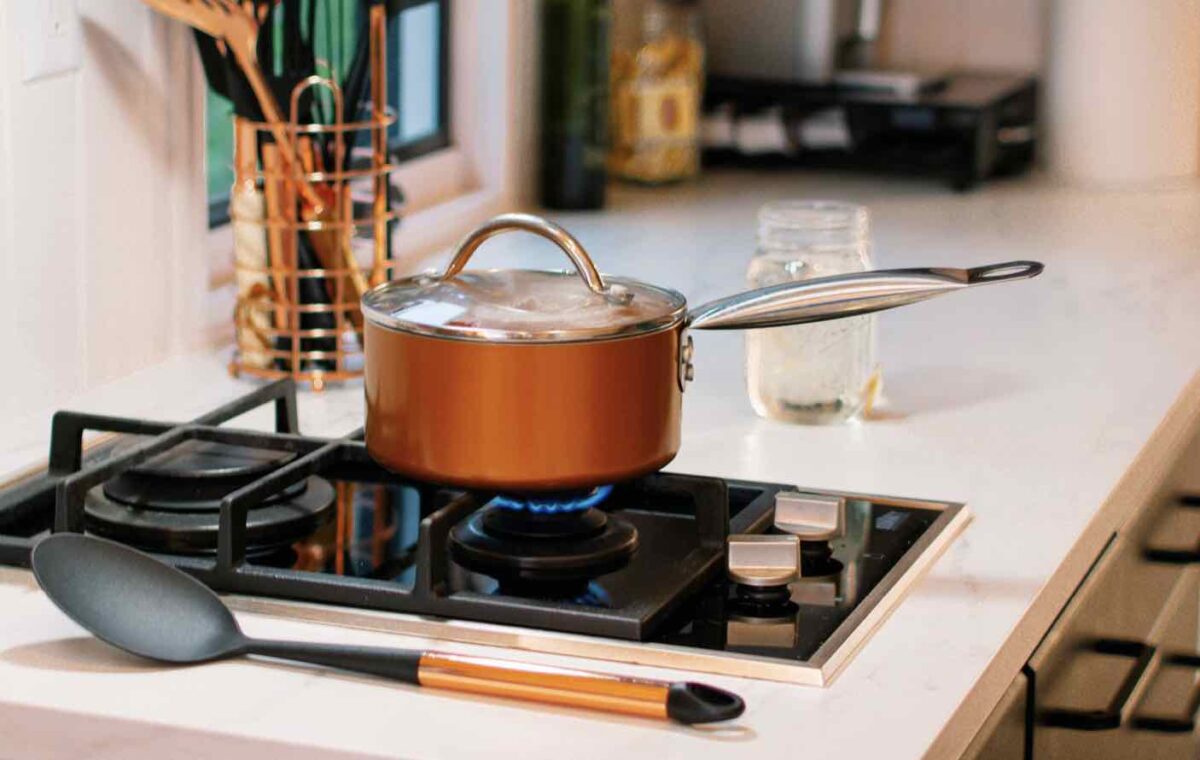A group of 20 organisations representing healthcare professionals, led by Healthy Futures and Doctors for the Environment Australia, have called on the NSW government to follow the lead of Victoria and the ACT and phase out new gas connections to homes and businesses by 2025.
They’ve written to the NSW Minister for Climate Change, Energy and Environment, Penny Sharpe, urging the Government to commit to electrifying all public and government buildings, including hospitals, and support households on low incomes to replace gas with electricity.
The group also want a ban on the sale of gas appliances by the end of 2030, and gas disconnection fees abolished by the end of 2025. Currently gas companies are charging households hundreds of dollars to disconnect from the gas network.
The problem
Sixty-five per cent of Australian homes use gas for cooking or heating, and new gas appliances are still being connected.
For decades gas has been seen as clean and cheap, and whilst it may once have been cheap, it was never ‘clean’.
“We have known for some time that burning gas in our homes – from gas stoves and heaters – releases combustion products and pollutants that have substantial negative health impacts,” says Dr Ben Ewald, a general practitioner, spokesperson for Doctors for the Environment Australia, and Senior Lecturer in Epidemiology at the University of Newcastle.
The most significant health impacts are caused by air pollutants such as nitrogen dioxide, carbon monoxide, and benzene, which can reduce indoor air quality, especially if an appliance is faulty or poorly maintained, or there is inadequate ventilation.
These pollutants can increase the risk of asthma, exacerbate chronic illnesses and even cause death.
To read more on this story, please go to the original article on our electrification sub-site , SwitchedOn.










